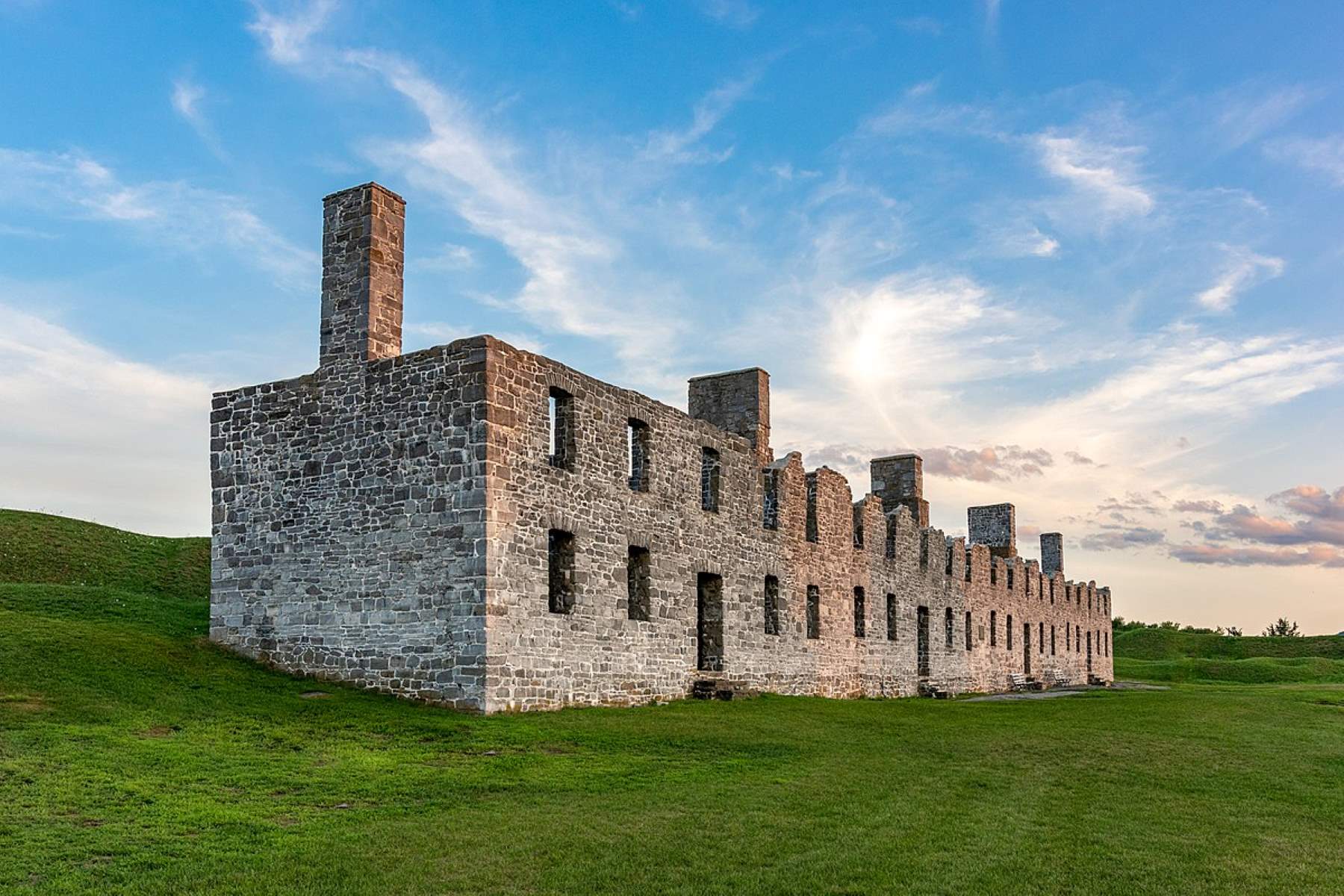Hidden Ruins Of Colonial New England

Have you ever wondered about the hidden stories of Colonial New England? This region, rich in history, holds secrets waiting to be uncovered. From abandoned settlements to forgotten forts, these ruins tell tales of early American life. Imagine walking through old stone foundations, feeling the echoes of the past. Each site offers a glimpse into the struggles and triumphs of the colonists. Whether you're a history buff or just curious, exploring these hidden gems can be a thrilling adventure. Ready to step back in time and discover the mysteries of Colonial New England? Let's dive into the past and see what we can find.
Hidden Ruins of Colonial New England
New England, with its rich history, offers a treasure trove of hidden ruins from the colonial era. These sites, often tucked away in forests or along quiet trails, provide a glimpse into the past. Let's explore some of these fascinating places.
Abandoned Villages
Scattered across New England are remnants of villages that once thrived during colonial times. These ghost towns tell stories of early settlers and their way of life.
Dudleytown, Connecticut
Known as the "Village of the Damned," Dudleytown is shrouded in mystery and legends. Abandoned in the 1800s, it now stands as a haunting reminder of the past.Dogtown, Massachusetts
Located in Cape Ann, Dogtown was abandoned in the early 19th century. Today, visitors can wander through the eerie stone foundations and boulder-strewn landscape.Roxbury, New Hampshire
This small town saw its population dwindle in the 19th century. The remnants of old homes and mills can still be found in the woods.
Forgotten Forts
New England's coastline and rivers were once dotted with forts built to protect against invaders. Many of these forts have fallen into ruin but still hold historical significance.
Fort William Henry, Maine
Built in the 1690s, this fort played a crucial role in colonial defense. Though in ruins, it offers a fascinating look at early military architecture.Fort Saybrook, Connecticut
Established in 1635, Fort Saybrook was one of the first forts in New England. Its remains can be explored at the Fort Saybrook Monument Park.Fort Constitution, New Hampshire
Located on the coast, this fort has seen action in several wars. Its crumbling walls and cannons provide a glimpse into its storied past.
Historic Mills
Mills were the lifeblood of many colonial communities, providing essential services like grinding grain and sawing lumber. Some of these mills still stand, albeit in ruins.
Slater Mill, Rhode Island
America's first water-powered cotton mill, Slater Mill, dates back to 1793. Though partially restored, parts of it remain in a state of picturesque decay.Old Schwamb Mill, Massachusetts
This 19th-century mill in Arlington still operates as a museum. However, parts of the original structure remain untouched, offering a peek into the past.Grist Mill, Vermont
Nestled in the Green Mountains, this old grist mill has been abandoned for over a century. Its stone walls and waterwheel are still visible.
Colonial Cemeteries
Cemeteries from the colonial era are scattered throughout New England. These burial grounds offer a somber yet fascinating look at the region's history.
Granary Burying Ground, Massachusetts
Established in 1660, this cemetery in Boston is the final resting place of many notable figures, including Paul Revere and Samuel Adams.Old Burying Point Cemetery, Massachusetts
Located in Salem, this cemetery dates back to 1637. It is one of the oldest in the country and is steeped in history and legends.Ancient Burying Ground, Connecticut
Hartford's oldest cemetery, established in 1640, contains the graves of many early settlers. Its weathered tombstones tell stories of the past.
Hidden Ruins in Forests
Some colonial ruins are hidden deep within New England's forests, accessible only by hiking trails. These sites offer a unique adventure for history buffs and nature lovers alike.
Catamount Hill, Massachusetts
This abandoned settlement in the Berkshires is now a ghost town. The stone foundations and cellar holes are all that remain of the once-thriving community.Madame Sherri's Castle, New Hampshire
Built in the 1920s, this castle-like structure was abandoned after a fire. Its stone arches and staircases now stand as eerie ruins in the forest.Enfield Shaker Village, New Hampshire
Once a bustling Shaker community, Enfield is now a collection of ruins. The remaining buildings and stone walls offer a glimpse into Shaker life.
Conclusion
New England's hidden colonial ruins are more than just remnants of the past. They are windows into the lives of early settlers, offering stories of hardship, resilience, and community. Exploring these sites provides a unique way to connect with history while enjoying the natural beauty of the region.
Discovering New England's Hidden Ruins
Exploring the hidden ruins of Colonial New England offers a unique glimpse into the past. These sites, often overlooked, tell stories of early settlers, their struggles, and their triumphs. From abandoned villages to forgotten mills, each location has its own tale to tell. Visiting these ruins not only enriches our understanding of history but also provides a sense of adventure. Whether you're a history buff or just looking for a new experience, these hidden gems are worth the trip. Remember to respect the sites and preserve their integrity for future generations. So, next time you're in New England, take a detour from the usual tourist spots and uncover the secrets of its colonial past. You might just find a new favorite spot.

